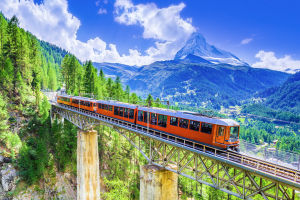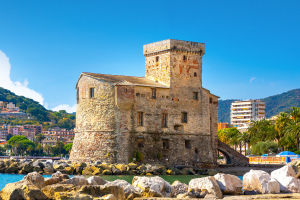Dutch windmills are remarkable creations, admired not just for their iconic beauty but also for their ingenious functionality.
Having evolved over centuries, these windmills played vital roles in shaping Dutch history and economy.
While today they are cherished symbols of Dutch heritage, their legacy is built on incredible engineering and innovation.
Windmills for Milling
The original purpose of windmills was to grind grain into flour, which is why they are referred to as "mills." Large stones powered by the windmill’s rotating wings ground the grains against stationary stones below. These versatile mills were also used to crush seeds for oil extraction, grind tobacco, and even pulverize limestone for concrete. During the Dutch Golden Age, windmills became essential for producing linseed oil, a key component in paints.
Life inside a flour mill wasn’t ideal due to the dusty environment, making it unsuitable for living. However, the impact of these mills on agriculture and industry was profound, establishing them as cornerstones of early Dutch innovation.
Windmills for Sawing
The game-changing invention of the crankshaft transformed windmills into efficient sawmills. This ingenious mechanism converted the rotational motion of the windmill into vertical motion, enabling saw blades to cut through wood with precision. Sawmills drastically reduced the time and labor needed to process timber, making them a pivotal technology in the 1600s.
This advancement allowed the Dutch to excel in shipbuilding, giving them a competitive edge in global trade during the 17th century.
Windmills for Pumping Water
Managing water in the Netherlands was a critical task due to the country’s low-lying geography. Initially, paddle wheels attached to windmills lifted water about 1.5 meters. However, efficiency soared with the introduction of the Archimedean-screw, which could pump water higher and faster.
A prime example of this innovation is a nearly 400-year-old windmill in North Holland, capable of pumping 1,000 liters of water per second under optimal conditions. Such mills were indispensable for draining the polders and managing flood risks, securing much of the Netherlands’ arable land.
Adjusting to the Wind
Ensuring optimal performance required windmills to be manually adjusted to face the wind. The sails on the wings were also altered to accommodate wind speed. For water-pumping mills, this was a round-the-clock job since excess water needed immediate removal.
Unlike industrial mills, water-pumping mills were quieter, making them suitable for residential use. Millers and their families often lived inside these structures, providing modern-day visitors a unique glimpse into the lives of past generations.
Experience Dutch Windmills Today
Dear Lykkers! Dutch windmills are more than historic landmarks—they are marvels of engineering that shaped the nation. Guided tours allow you to explore working windmills, admire their intricate mechanisms, and learn about the lives of those who operated them.
A visit to a Dutch windmill offers a fascinating journey through time, showcasing how innovation and tradition combined to create these enduring icons.


